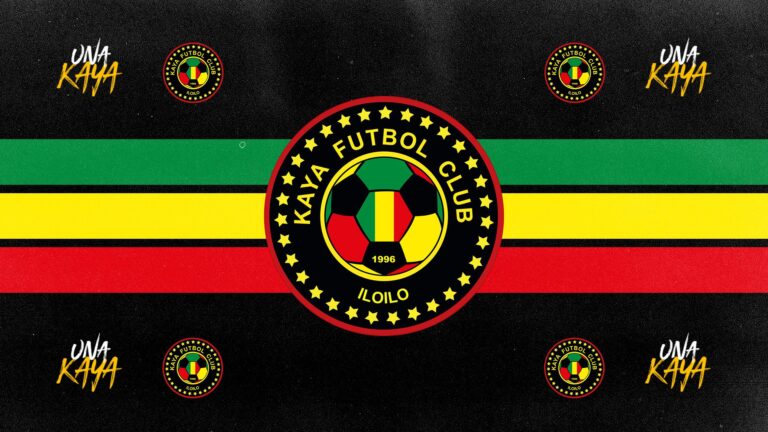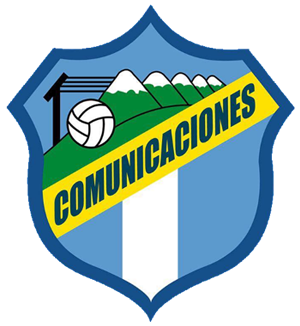
Rungrado 1st of May Stadium: North Korea’s Crown Jewel
Soaring over Pyongyang, the Rungrado 1st of May Stadium stands as a striking symbol of North Korea’s ambition. Shaped like a steel lotus, it hosts massive events and athletic showcases that reflect national pride. Located on Rungrado Islet in the Taedong River, this monumental arena often draws global attention—not just for its design, but for the grand performances it stages. From sports to state pageantry, it embodies the country’s image of strength. Even during international matches, fans keep an eye on kèo nhà cái to follow predictions and odds surrounding the games.
Significant Events Held at Rungrado 1st of May Stadium
Over its decades of operation, Rungrado 1st of May Stadium has been the backdrop for countless significant events. Its vast capacity and symbolic importance have led it to host a variety of athletic competitions and cultural spectacles that reflect North Korea’s national identity.
Among these events, the annual Arirang Festival—also known as the Mass Games—is one of the most notable. This grand spectacle combines gymnastics, music, and choreography, showcasing thousands of performers while narrating historical stories and propagating the regime’s ideals. This festival captures the essence of collective effort and unity that the North Korean government celebrates.
National Sports Competitions
Rungrado 1st of May Stadium also serves as the venue for the country’s primary sporting competitions, featuring a mix of traditional sports and modern athletics. Hosting national football matches, track and field events, and even martial arts competitions falls within its domain.
These sporting events are not just contests but celebrations of national pride, where winners are lauded, and the public rallies behind their athletes, fostering a strong sense of community and unity that permeates through cultural lines.
International Events and Participation
While Rungrado 1st of May Stadium primarily hosts national events, it has also opened its gates for select international sports events, signaling North Korea’s interest in participating more fully in the global sports arena.
These select events help to showcase North Korea’s athletic capabilities and hospitality. Earning international recognition through sporting engagements can serve to shift perceptions about the country, even if only slightly.
Cultural and Political Events
The significance of Rungrado 1st of May Stadium transcends sports; it is also a stage for political events and cultural celebrations that reinforce the ruling party’s ideology. National parades celebrating the military and ideological anniversaries are hosted here, attracting both domestic and international attention.
This dual purpose of hosting both cultural and political events highlights how the stadium stands as more than just a physical structure; it symbolizes a space intertwined with the fabric of North Korean identity and nationalism.
Cultural Importance of Rungrado 1st of May Stadium
Rungrado 1st of May Stadium occupies a unique position in the cultural landscape of North Korea. Its architecture, major events, and symbolic value interconnect deeply with the ideals of the North Korean regime, contributing to a solid national narrative designed to foster unity and pride among its citizens.
The stadium has been a prominent cultural landmark and a site where various expressions of art and athletic prowess converge. Its establishment served the dual purpose of providing venues for sports while enabling North Korea to project its cultural identity both domestically and globally.
Symbol of National Identity
Rungrado 1st of May Stadium stands as a potent symbol of national identity and unity in a country known for its isolationist policies. It caters to the desire to build a cohesive national spirit among citizens, fostering collective experiences through sports and cultural events.
By celebrating achievements and acknowledging the unique history of North Korea, the stadium is presented not merely as a place for events but as a continuous reaffirmation of national pride.
Influence on Popular Culture
The stadium’s prominence on the national stage extends into popular culture; it influences artistic expression through various mediums, including music, narratives, and even visual arts. Traditional North Korean folk music and dance performances featured during extensive events in the stadium contribute to authentic storytelling that invokes communal sentiments.
Moreover, the environment of the stadium provides ample inspiration for artists and musicians who identify with the values expressed therein, showcasing a melding of culture and national pride that is intrinsically unique to the North Korean ethos.
Educational and Youth Engagement
Through hosting educational events aimed at the youth, the stadium contributes to cultural education and engagement. The focus on involving young people is not merely for sports but also fosters loyalty to the regime.
Youth programs, competitions, and cultural performances enlist the next generation in preserving and propagating the national narrative, amplifying the stadium’s relevance beyond just an entertainment venue to become an educational and formative space for the youth.
Preservation of Traditions
Rungrado 1st of May Stadium plays a pivotal role in preserving and promoting North Korea’s unique traditions and practices. Cultural festivals and sporting events allow the nation to showcase its traditional athletic activities, such as Taekwondo, which holds substantial significance in Korean history.
By investing in these cultural expressions and nurturing them within the stadium’s auspices, North Korea actively engages in preserving its unique cultural heritage while promoting a distinct national identity to the world.
Rungrado 1st of May Stadium in International Sports
Historically, Rungrado 1st of May Stadium found its footing in hosting international sports events, extending its reach beyond national pride to a global platform. While international sporting exchanges have often been limited due to the political climate of North Korea, the stadium nonetheless remains a crucial player in the broader narrative of North Korean sports participation on an international scale.
The stadium’s sheer capacity and state-of-the-art facilities position it as a viable option for major international competitions. However, the reluctance of the international community to engage fully has often limited opportunities for Rungrado 1st of May Stadium to facilitate such events successfully.
Participation in International Competitions
North Korean athletes have often participated in international competitions, competing in sports events hosted at Rungrado 1st of May Stadium. These athletes aim to gain recognition and accolades that can enhance North Korea’s sporting reputation globally.
The stadium’s ability to host international events creates opportunities for North Korean athletes to display their talents while also strategically reframing international perceptions about the nation. This showcases the underlying motivation for hosting such global contests beyond showcasing sports but also using competitions as a channel for diplomacy.
Opportunities and Challenges
Despite its potential, numerous challenges hinder the Rungrado 1st of May Stadium from becoming a significant hub for international sports. Political tensions often influence the decisions of international sporting bodies, making it difficult for North Korea to host or participate in competitions.
Ongoing sanctions and concerns regarding human rights issues further complicate engagements. A lack of cooperation on a global scale leads to missed opportunities for the stadium, preventing it from truly realizing its potential as an international sports center.
The Role of Propaganda
The utilization of the Rungrado 1st of May Stadium in promoting the concept of sports diplomacy is an ongoing theme within North Korea. Events hosted here are often portrayed through the lens of national interest, emphasizing success, unity, and steadfastness in the face of adversity.
Even international events that take place are infused with propaganda, ensuring that every sporting achievement aligns with North Korean ideology. The stadium is transformed into a vessel for state propaganda, projecting strength in sports achievements on an international platform.



